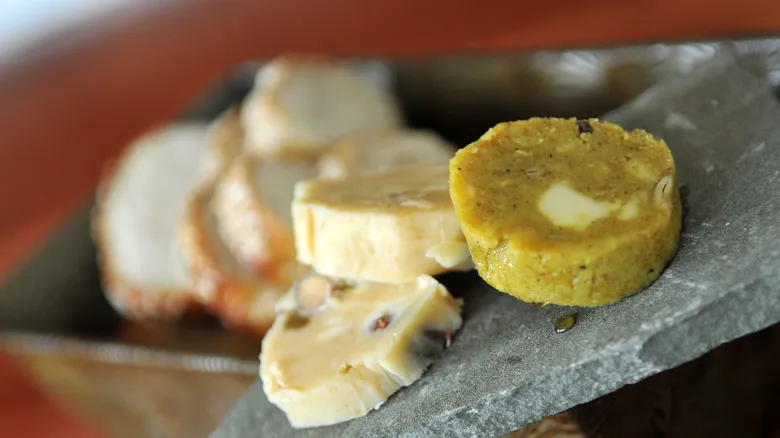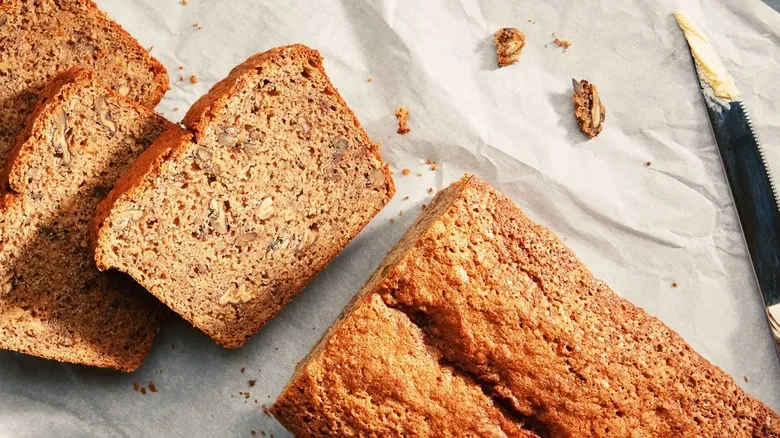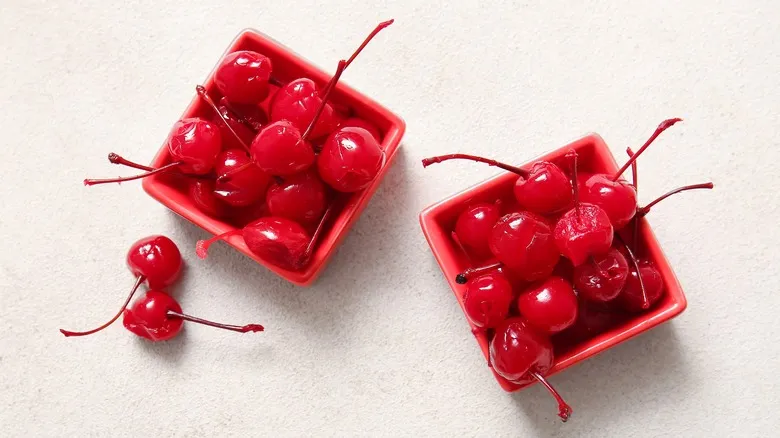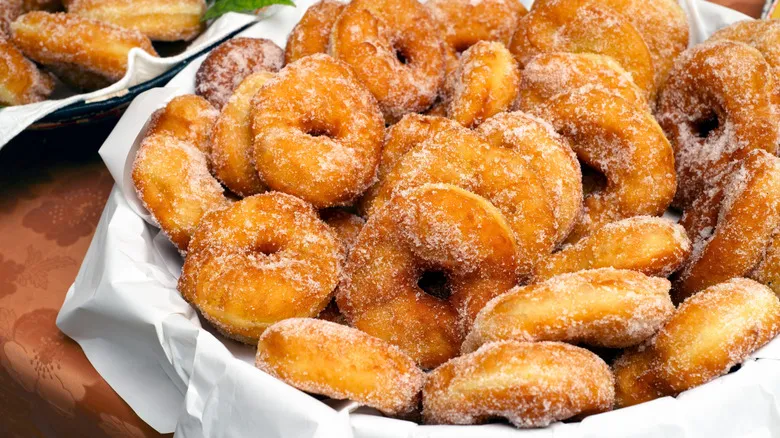Irish butter in the cooking realm

At nearly $10 per pound, Irish butter is nearly twice the cost of typical U.S. brands. This steep price can make many cooks hesitant to use it for sautéing vegetables. However, there are certainly occasions when butter deserves a place in your cooking.
Consider dishes that benefit from a rich, buttery sauce, such as a simple bowl of garlic noodles or a filet of fish that requires a drizzle of beurre blanc. In these cases, Irish butter is far from being a waste. Likewise, many potato dishes, from Duchess potatoes to creamy mashed potatoes, fully embrace the richness of European-style butter, making it an excellent choice.
Beyond spreading Irish butter on your morning toast or chewy bagel, there are plenty of other delightful uses for this luxurious condiment. You can create compound butter for an impressive bread and butter board, slather it on your next Wisconsin-style cheeseburger, or pile it onto a hot baked potato. Rich in vitamins and minerals, many cooks also use Irish butter to craft what they consider the ultimate ghee.
To bake or not to bake

While it's true that butters with a high butterfat content can hinder rising in baking and result in greasier products, this issue can also stem from the absence of cultures in Irish butter. The Institute of Culinary Education (ICE) notes that the ferments found in cultured butter can aid in the rising of your batter or dough. Therefore, even if you're using a butter with a high fat content, the ferments can counteract the dense texture. Generally, Irish butter lacks these ferments, so it's advisable to be cautious when using it in baking recipes that don't specifically call for it, as it may lead to a heavier final product.
That said, Irish butter, despite being uncultured, remains an excellent option for baked goods that emphasize buttery flavors and textures, particularly in recipes where a rich buttery taste or flaky consistency is crucial. Consider dishes like butter cookies, St. Louis Gooey Butter Cake, toffee, an all-butter pie crust, or browned butter chocolate chip cookies. Any baked item that requires lamination, such as croissants or puff pastry, can greatly benefit from this rich European-style butter. Additionally, Irish butter is a fantastic choice for quick breads, where a dense, rich crumb is more desirable than a lofty rise. Recipes like sweet zucchini bread or pound cake are perfect for showcasing the qualities of high-fat Irish butter.
Recommended

Gordon Ramsay's Simple Advice For Better Cheeseburgers

Maraschino Vs Amarena Cherries: What's The Difference?

Is There Any Difference Between Jam, Jelly, And Preserves

The Ideal Frying Temperature For Fluffy, Crispy Donuts
Next up

